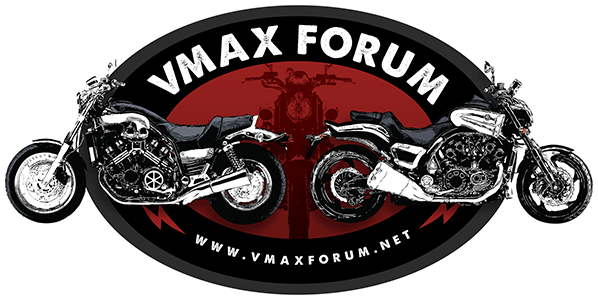AWESOME info!
I'm thinking some of this would be a good thing to have...
http://www.defender.com/product.jsp?path=-1|311|302335|531412&id=725700
Also from Starbrites Startron info:
E-10 Ethanol Fuel Problems
STAR BRITE STAR TRON SOLVES FUEL PROBLEMS CAUSED BY NEW FORMULATED E-10 ETHANOL ENHANCED GASOLINE
The gasoline we buy for our boats and cars is in the process of a major reformulation. Ethanol, an alcohol derived primarily from corn, is both a domestically produced, and renewable fuel. E-10 (10% ethanol) has become a critical component of our fuel infrastructure, but it requires better housekeeping, especially in the boating industry. Ethanol is being phased into the fuel supply across the country.
The problem is all alcohol’s are hygroscopic. That means it likes water, and it attracts and couples with moisture in the air, resulting in greater amounts of water collecting in the fuel tank. Since water is heavier than gasoline, the water and ethanol mix settles to the bottom. This is referred to as “phase separation”, and eventually the water/ethanol phase is drawn into the fuel delivery system. If there is no water separator in the line, the water goes into the injector/carburetor and the engine does not run properly. In extreme cases, the engine will stop running. For automobiles, this is not a common problem in that an entire tank of fuel will most likely be used up within one week, well before a water/ethanol build up takes place. Also, automobiles have smaller gas tanks, leaving less air space for condensation to accumulate. Boats usually do not use up their fuel for many weeks, if not months, and their large gas tanks, when left low in fuel, readily form condensation. This presents a problem for most boaters.
An additional problem boaters will face is loss of octane, which is critical to an engine's performance. Ethanol is over 100+ octane, and provides the fuel with much of its octane rating. Once water reaches about a .5% level, it will phase separate. With the ethanol drawn to the bottom along with the water, the fuel will lose octane, and this can cause a loss of performance, including pinging and engine knock, which can damage your engine. It also severely worsens fuel economy and power.
There are other problems with E-10 fuel. Ethanol is a powerful solvent and readily breaks up tars and organic sediment found in many marine fuel tanks. The ethanol/water mix also makes a potent stripping agent for old varnish and gum accumulated from years of gasoline sitting in the tank. These organic contaminants, once loosened from tank walls, can plug filters and injectors quickly, disabling your boat’s engine. In cold weather, the water/alcohol phase can also freeze, turning into a syrupy mix that plugs filters.
To assist boaters, Star Brite has introduced Star Tron, a revolutionary fuel additive based on enzyme technology that can prevent these water-related fuel problems. The enzyme package in Star Tron disperses water derived from normal condensation into microscopic clusters, and allows the water to pass
through the fuel system and engine harmlessly, preventing the buildup on the tank bottom that can contribute to poor performance, fuel gelling and corrosion. This de-watering effect prevents potential phase separation. If large amounts of water are already present it will be de-emulsified and drop out of the body of the fuel, improving overall fuel performance. Over a period of time, with fresh gas loads treated with Star Tron, even large accumulations of water will be totally eliminated.
Star Tron can also counter the effects of lost octane, greatly improving the combustion performance of E-10 fuel that has had water contamination. Star Tron can also prevent filter plugging from old gum and varnish. The enzymes help break down the dislodged sludge and other deposits into sub-micron-sized particles that usually pass through the fuel filter and are burned away as part of the combustion process. Tank deposits that would cause gelling are solubilized so that fuel flows uninterrupted through the filters.
Star Brite Star tron is available in 8 fl. oz, 16 fl. oz, 32 fl. oz. and bulk sizes at most marine supply retailers. One fluid ounce of the additive treats 15 gallons of gas. Consumers seeking further information can call Star Brite toll free at 1 800 327-8583.
MORE great links:
http://mystarbrite.com/startron/index.php?option=com_weblinks&catid=24&Itemid=84
http://fueltestkit.com/is_gas_additive_safe_with_e10_list.html
I ordered a 32oz bottle of startron from Amazon for like 27 bucks shipped for free and no tax.
We have a three boats and a wave runner as well as all my bikes which DO NOT have a closed fuel system...
I'll be running this in ALL of them from now on.
Chris


